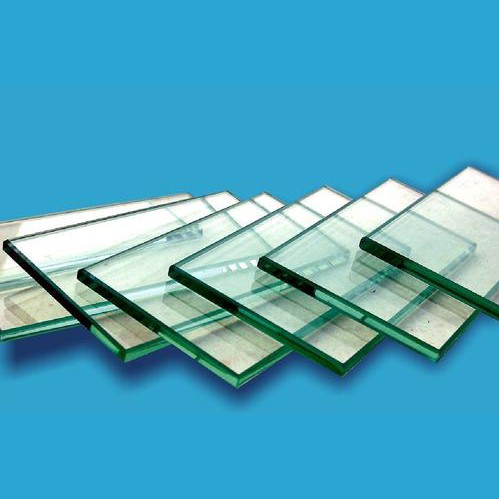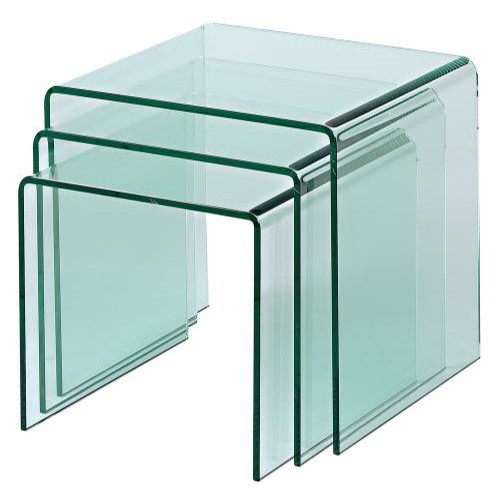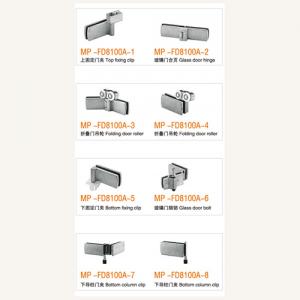Description
10mm toughened glass HG-T04

| Glass Type | Clear Glass, Tinted Glass, Reflective Glass, |
| On-line Low-e Glass, Low-iron Glass | |
| Craft | Tempered Glass, Heat Strength Glass, |
| Heat Soaked Glass | |
| Color | Blue, Green, Bronze, Gray,Golden etc. |
| Thickness | 5mm、6mm、8mm、10m |
| m12mm、15mm、19mm | |
| Max Size | Flat Glass:2440*6000mm |
| Curved Glass:1000x2000mm | |
| Min Size | Flat Glass:300x300mm |
| Curved Glass:300*300mm | |
| Certificates | CE & CCC & CSI |
Why choose us:
1. Can accept small quantity order
2. Accept customized
3. Handle optional
4. Towel rack optional (with/without)
5. Glass self-cleaning (more selling points)
6. Contains installation hardware (convenient installation and more thoughtful)
7, with installation instructions (conform European and American habits)
8. Square tube/round tube/stainless steel/wire drawing and gloss (more abundant products)
9. Carton packaging (Both project and supermarket)
1. Production process
Cutting-edging-rounded corners-water jet-punching-silk screen-tempering-self-cleaning liquid / safety explosion-proof film-packaging
Cut Two edges grinding


Round Corner Machine hole puncher


curve tempered glass Bathroom door


Glass film

Nano self-cleaning liquid
2. Quality Control
2.1 Each glass must be inspected to confirm before entering the factory;

2.2 Quality control in the production process are in accordance with quality control standards.
First inspection-self-inspection-special inspection-factory inspection, product standards are strictly implemented in accordance with customer technical documents or industry standards;
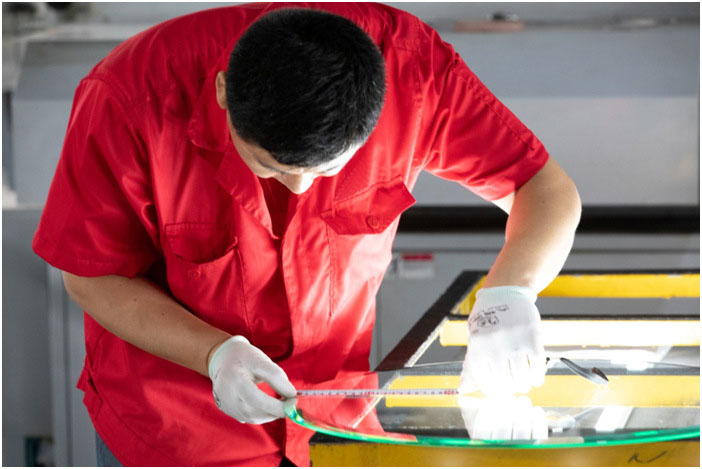
2.3 The dimensional accuracy and tempering quality inspection data of processed products shall be recorded and archived with traceability;
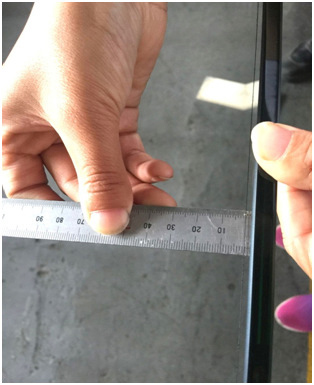
2.4 The bending degree of toughened grain is tested, the bending degree is 1.5‰, and the grain size is 55-80 grains per 50*50mm

3. The company's certification qualifications
The company's products have passed European CE certification and American SGCC certification
4. 10years of export packaging experience: Carton foam packaging and fumigation-free wooden box packaging can be realized to ensure product transportation safety;

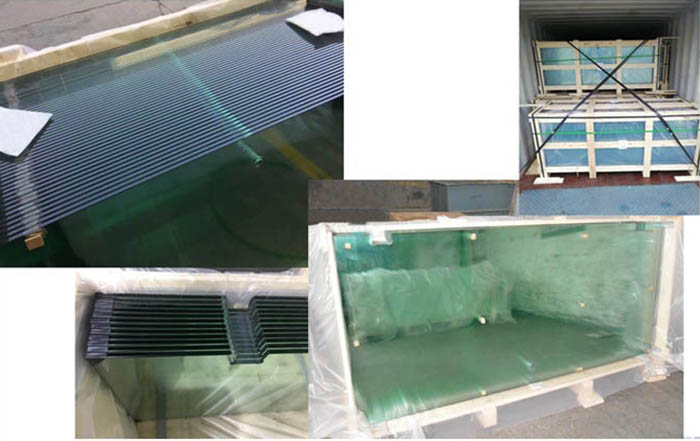
5. The company's equipment processing capacity
Focus on the manufacture of tempered glass for home appliances for 14 years. The company has comprehensive equipment capabilities for processing high-temperature silk screens, including Italian Bottero cutting machines, Bottero edging machines, CNC machining centers, automatic punching machines, automatic rounding machines, automatic screen printing machines, tempering furnaces and other equipment.
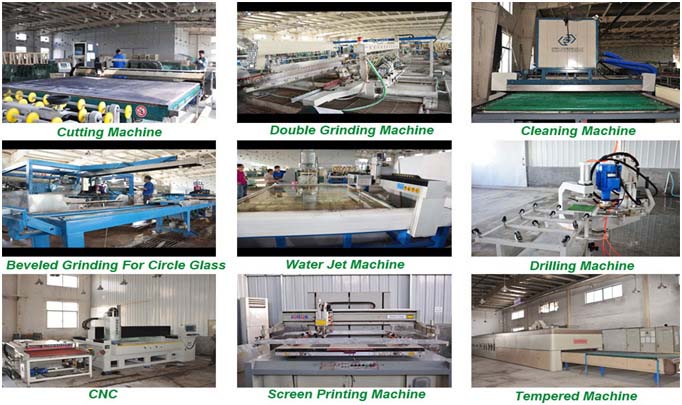
-Choose Taiwan Glass or Jinjing Automotive Grade Original Float glass
-Polished straight edges, size tolerance ±1mm, uniform edge 1mm
-Safety corner or round corner treatment
-Water jet cutting, accurate size, vertical water jet with safety angle,
-Even tempered grain
-Fumigation-free wooden box packaging, firm and safe
-Can provide carton foam sales packaging
-Self-cleaning nano coating can be applied
-Safety explosion-proof film can be attached

Glass processing range:
Thickness: 3mm, 3.2mm, 4mm, 5mm, 6mm, 8mm, 10mm, 12mm
Glass color: chear glass, ultra clear glass, tinted glass,reflective glass
Edging: straight edge, round edge
Tempering: C shape and J shape
Silk screen: high temperature screen printing, frosted screen printing
shower room: shower room assembly
Other processes: can be coated with nano self-cleaning liquid (from Germany, 10-year warranty),
Safety explosion-proof film can be attached
Packing: plywood wooden box and carton + foam separate sales packaging
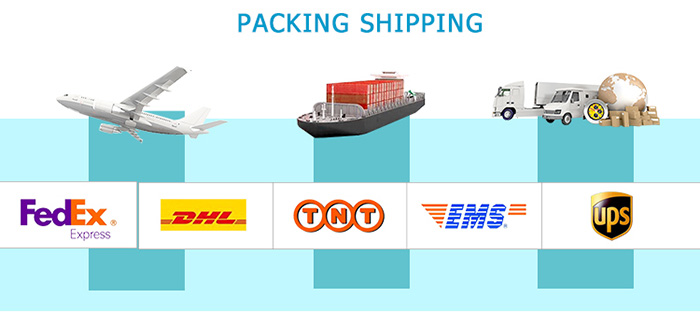
Applications of Safety Glass in the Automotive Industry
Safety glass has revolutionized the automotive industry, providing enhanced safety, durability, and functionality to vehicles. The two primary types of safety glass used in automobiles are laminated glass and tempered glass. Each type has distinct properties and applications, contributing to the overall safety and performance of vehicles. This article explores the various applications of safety glass in the automotive industry, detailing its benefits and the technology behind its use.
Types of Safety Glass in Automobiles
Laminated Glass
Laminated glass is composed of two or more layers of glass bonded together with an interlayer, typically made of polyvinyl butyral (PVB) or ethylene-vinyl acetate (EVA). This structure holds the glass together upon impact, preventing dangerous shards from scattering. Laminated glass is primarily used for automotive windshields due to its ability to maintain visibility and structural integrity even when damaged [1].
Tempered Glass
Tempered glass, also known as toughened glass, is made by heating regular glass to a high temperature and then rapidly cooling it. This process increases the glass's strength and causes it to break into small, blunt pieces rather than sharp shards, reducing the risk of injury. Tempered glass is commonly used for side and rear windows in vehicles [6].
Applications in the Automotive Industry
Windshields
The windshield is one of the most critical safety components in a vehicle, and laminated glass is the standard material used for this application. Laminated glass windshields offer several benefits:
Impact Resistance: The interlayer in laminated glass absorbs the energy from impacts, preventing the glass from shattering and reducing the likelihood of passengers being ejected from the vehicle during a collision.
UV Protection: Laminated windshields can block up to 99% of UV rays, protecting passengers and the vehicle's interior from harmful radiation.
Sound Insulation: The interlayer also helps dampen sound, providing a quieter ride by reducing external noise [5].
Side and Rear Windows
Tempered glass is widely used for side and rear windows due to its strength and safety characteristics. The applications include:
Safety: In the event of a collision, tempered glass breaks into small, blunt pieces, reducing the risk of injury to passengers.
Thermal Resistance: Tempered glass can withstand higher temperatures and sudden temperature changes, making it ideal for use in various climates.
Cost-Effectiveness: The manufacturing process of tempered glass is less complex and less expensive than that of laminated glass, making it a cost-effective choice for side and rear windows [2].
Sunroofs and Moonroofs
Safety glass is also used in the construction of sunroofs and moonroofs. These components enhance the driving experience by allowing natural light and fresh air into the vehicle. Both laminated and tempered glass can be used for sunroofs and moonroofs:
Laminated Glass: Offers superior safety and noise reduction, making it suitable for fixed sunroofs.
Tempered Glass: Provides strength and durability, ideal for sliding sunroofs that need to withstand frequent movement and exposure to the elements [3].
Rearview Mirrors
Safety glass is also used in the manufacturing of rearview mirrors. These mirrors are often made from tempered glass to ensure they are strong and resistant to shattering. The use of tempered glass in rearview mirrors enhances safety by preventing dangerous shards in the event of a collision [6].
Advanced Driver Assistance Systems (ADAS)
Modern vehicles are increasingly equipped with Advanced Driver Assistance Systems (ADAS), which rely on sensors and cameras mounted behind the windshield. Laminated glass is preferred for windshields with ADAS due to its stability and ability to maintain a clear, unobstructed view for the sensors. The laminated structure ensures that the windshield remains intact and functional even when damaged, providing a consistent environment for ADAS components to operate effectively [5].
Benefits of Safety Glass in Automotive Applications
Enhanced Safety
The primary benefit of safety glass is its ability to protect passengers from injury. Laminated glass prevents dangerous shards from scattering upon impact, while tempered glass breaks into small, blunt pieces that are less likely to cause harm. Both types of glass contribute to the structural integrity of the vehicle, enhancing overall safety during collisions [1].
Durability and Longevity
Safety glass is designed to withstand the rigors of daily use and harsh environmental conditions. Laminated glass is resistant to penetration and can absorb significant impact without breaking, while tempered glass is highly resistant to scratches and thermal stress. This durability extends the lifespan of automotive glass components, reducing the need for frequent replacements [6].
Improved Comfort and Convenience
Safety glass enhances the comfort and convenience of vehicles in several ways. Laminated windshields reduce noise and block UV rays, providing a quieter and more comfortable ride. Tempered glass used in side and rear windows ensures clear visibility and contributes to the overall aesthetic appeal of the vehicle. Additionally, the use of safety glass in sunroofs and moonroofs allows passengers to enjoy natural light and ventilation without compromising safety [5].
Technological Integration
As automotive technology advances, safety glass plays a crucial role in integrating various systems and features. Laminated glass windshields provide a stable platform for ADAS sensors and cameras, ensuring accurate data collection and operation. The use of safety glass in heads-up displays (HUDs) and other in-car displays also enhances visibility and user experience, contributing to the overall functionality of modern vehicles [3].
Conclusion
Safety glass is an essential component of modern automotive design, offering enhanced safety, durability, and functionality. The applications of laminated and tempered glass in windshields, side and rear windows, sunroofs, rearview mirrors, and advanced driver assistance systems demonstrate its versatility and importance in the automotive industry. As technology continues to evolve, the role of safety glass in vehicles is likely to expand, providing even greater benefits to drivers and passengers alike.
 English
English Russian
Russian